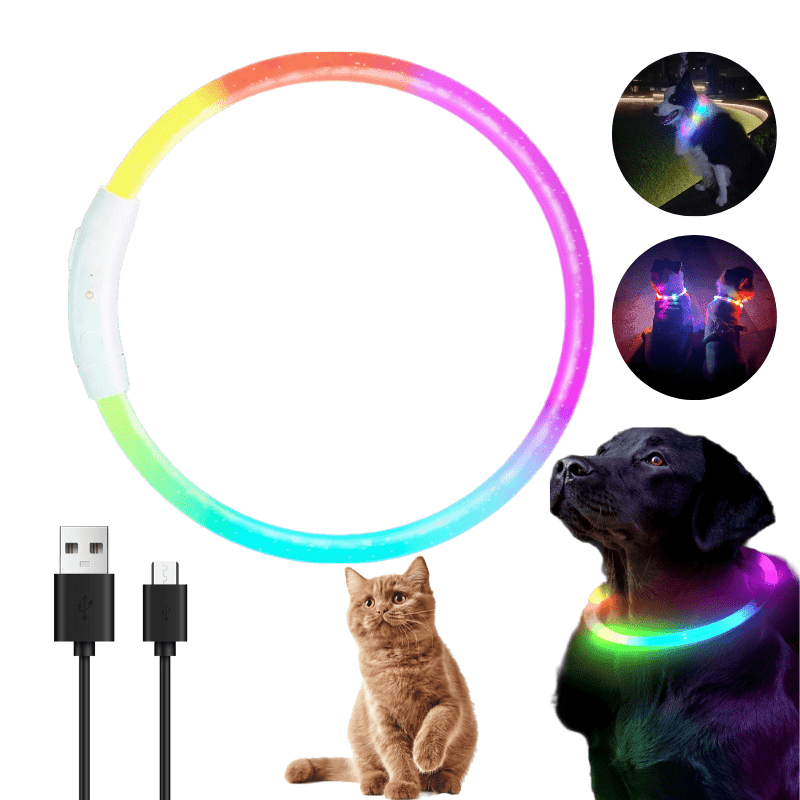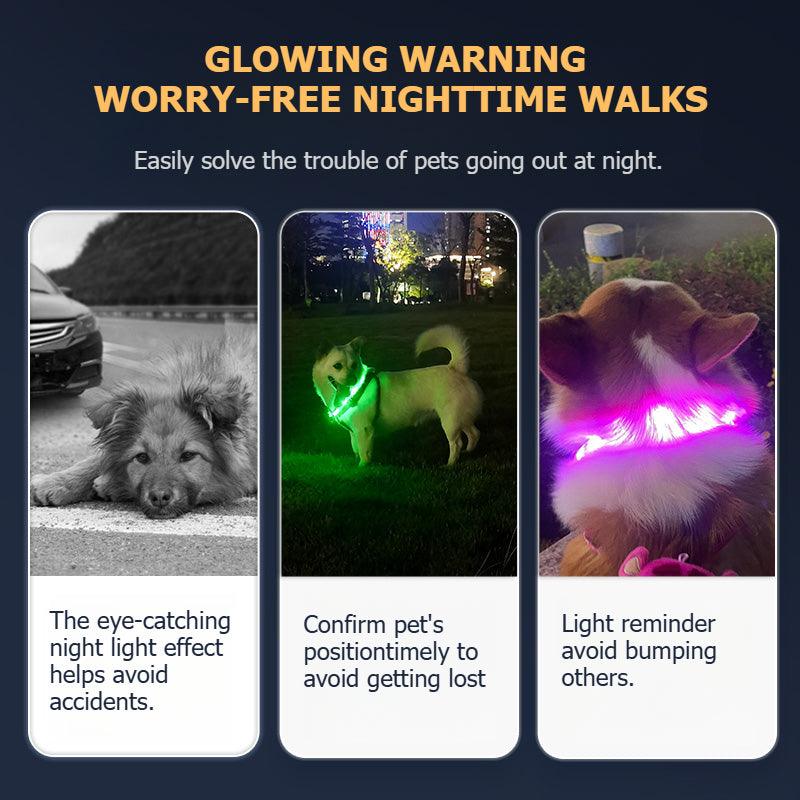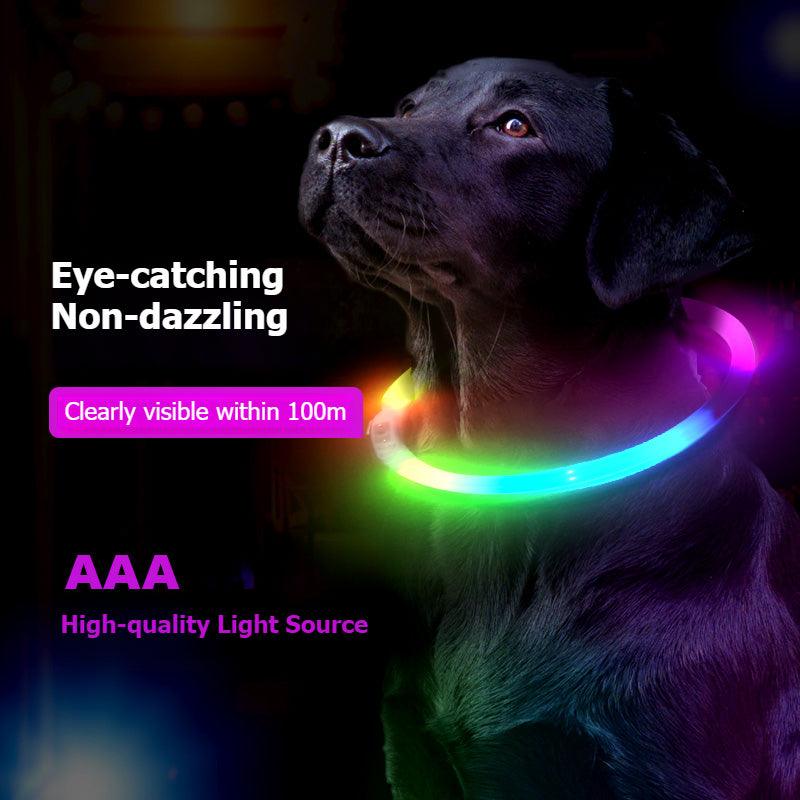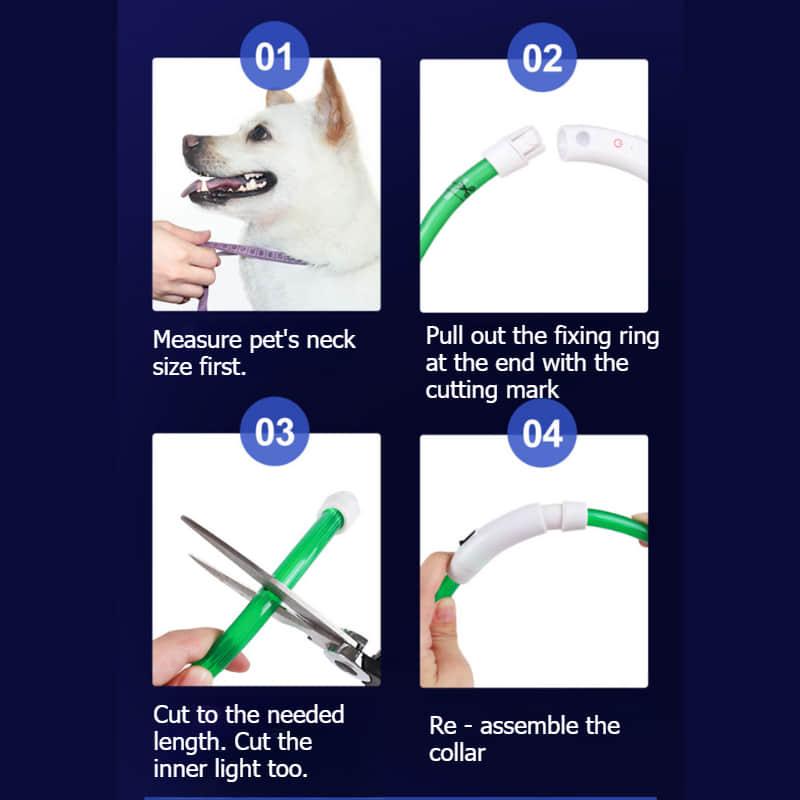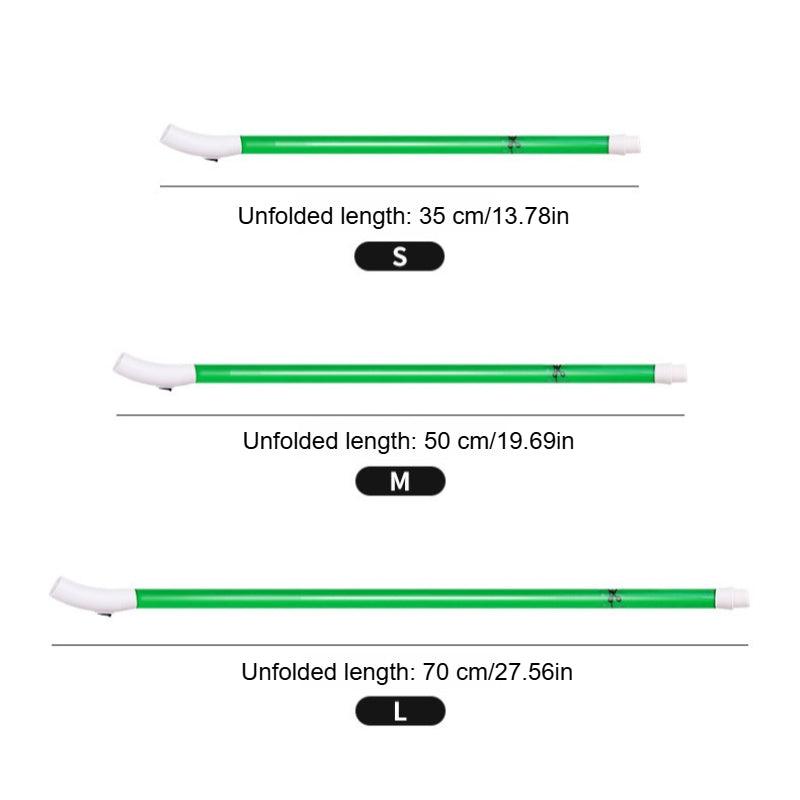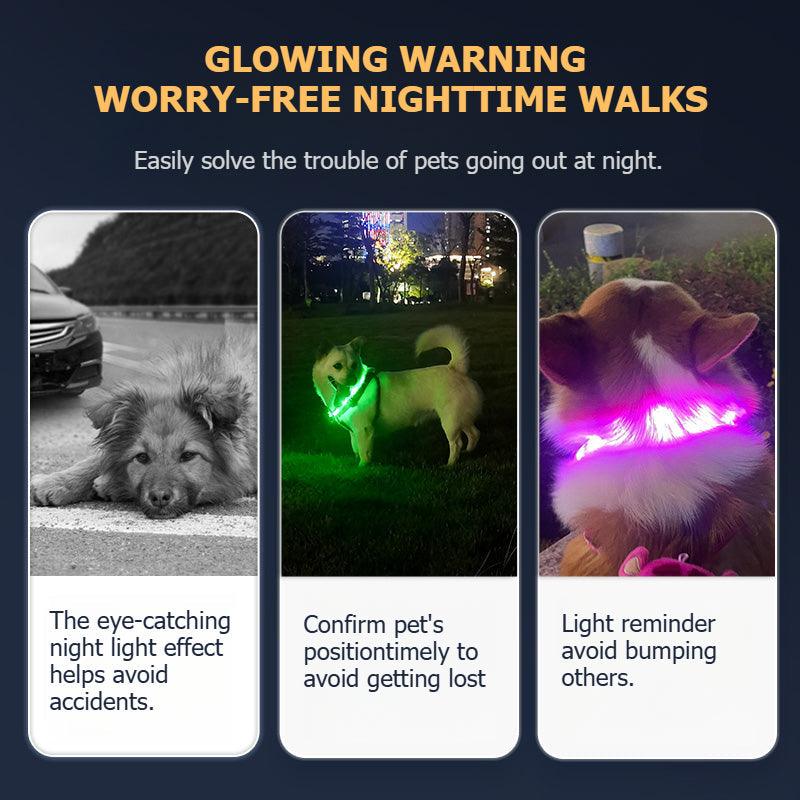
Nighttime Pet Safety Guide: Protecting Your Companion in the Dark
Share
1. Potential Risks of Nighttime Outings
-
Low-Visibility Hazards
- Traffic Accidents: According to the National Highway Traffic Safety Administration (NHTSA), 78% of drivers report difficulty spotting dark-coated pets at night, contributing to over one-third of canine road incidents annually.
- Wildlife Threats: Coyote encounters in suburban areas increase by 40% during autumn and winter nights.
-
Health and Environmental Risks
- Hypothermia: Nighttime temperatures drop by an average of 10°F, raising hypothermia risks, especially for short-haired breeds. 23% of nighttime emergency vet visits involve cold-related respiratory infections.
- Toxic Substance Exposure: Pets may ingest pesticides or antifreeze in poorly lit areas, accounting for 18% of nighttime emergencies.
-
Behavioral Stress
- Anxiety: Approximately 65% of dogs exhibit stress behaviors (pacing, excessive barking) in unfamiliar dark environments. Cats may trigger their hunting instincts due to low light, increasing escape risks.
2. Science-Backed Safety Strategies
-
Enhanced Visibility
- Reflective and Illuminated Gear: Use accessories with high-quality reflective materials, extending driver recognition distance from 30 to 500 feet and reducing collision risks by 62%.
- Appropriate Lighting: Carry non-glaring light sources (e.g., warm-beam flashlights) to illuminate paths without startling pets.
-
Route Planning and Behavior Management
- Familiar Routes: Stick to well-known paths, reducing pet stress by 57% in familiar environments.
- Activity Duration: Limit walks to 15 minutes in winter to avoid cold exposure; in summer, avoid hot pavements that risk paw burns.
-
Health Monitoring
- Joint Health: Frequent nighttime limping or difficulty standing may signal early arthritis (linked to 57% of cases).
- Parasite Prevention: Monthly preventive treatments are critical, as tick activity triples during spring and summer nights. Carry vet-approved repellent sprays.
3. Special Considerations
-
Senior Pets
- Vision Adaptation: Dogs over age 7 experience a 30% reduction in retinal light receptors. Avoid complex terrain and consider tactile feedback devices for navigation.
- Warmth: Use breathable coats for short-haired breeds to maintain a core body temperature of 100–102.5°F.
-
Feline Companions
- Minimize Outdoor Exposure: Despite cats’ superior night vision (6x more rod cells than humans), urban hazards like traffic pose threats. 83% of missing cat cases occur at night.
- Recall Training: Use sound cues paired with treats to improve emergency recall success.
4. Emergency Preparedness
-
First-Aid Essentials
- Kit Contents: Hemostatic bandages, pet-safe thermometer, emergency contact card (with vet details), and portable oxygen masks (for brachycephalic breeds).
-
Lost Pet Protocol
- Critical First Hour: Search within a 0.5-mile radius while playing familiar sounds (e.g., recorded home noises), achieving a 74% recovery rate.
- Community Alerts: Leverage microchip databases and local networks to broadcast missing pet alerts, tripling recovery efficiency.
5. Key Data and Trends
- Pet Owner Behavior: 61% of U.S. pet owners limit nighttime activities due to safety concerns, though scientific precautions reduce risks by 89% (American Veterinary Medical Association, 2024).
- Adaptation Training: Two weeks of gradual dark-environment exposure reduces nighttime anxiety by 42% in pets.
Nighttime safety is both a scientific and ethical responsibility. Through strategic visibility enhancements, route planning, and health vigilance, owners can transform darkness into a space of trust. As animal behaviorist Dr. Emily Carter notes, “The night should test our bond with pets, not their survival.” With data as our guide, every moonlit walk can be a step toward safer companionship.


